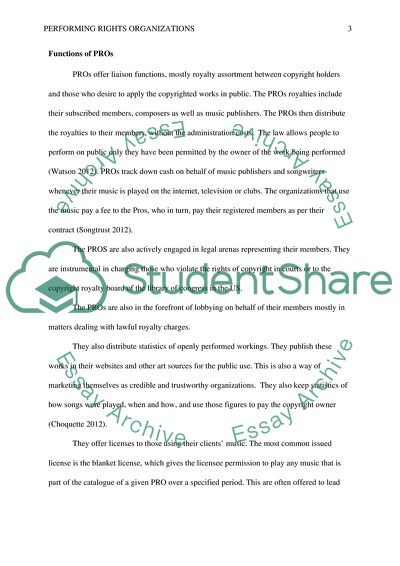Cite this document
(Performing Rights Organisations Essay Example | Topics and Well Written Essays - 1500 words, n.d.)
Performing Rights Organisations Essay Example | Topics and Well Written Essays - 1500 words. https://studentshare.org/law/1773423-performing-rights-organisations
Performing Rights Organisations Essay Example | Topics and Well Written Essays - 1500 words. https://studentshare.org/law/1773423-performing-rights-organisations
(Performing Rights Organisations Essay Example | Topics and Well Written Essays - 1500 Words)
Performing Rights Organisations Essay Example | Topics and Well Written Essays - 1500 Words. https://studentshare.org/law/1773423-performing-rights-organisations.
Performing Rights Organisations Essay Example | Topics and Well Written Essays - 1500 Words. https://studentshare.org/law/1773423-performing-rights-organisations.
“Performing Rights Organisations Essay Example | Topics and Well Written Essays - 1500 Words”. https://studentshare.org/law/1773423-performing-rights-organisations.


